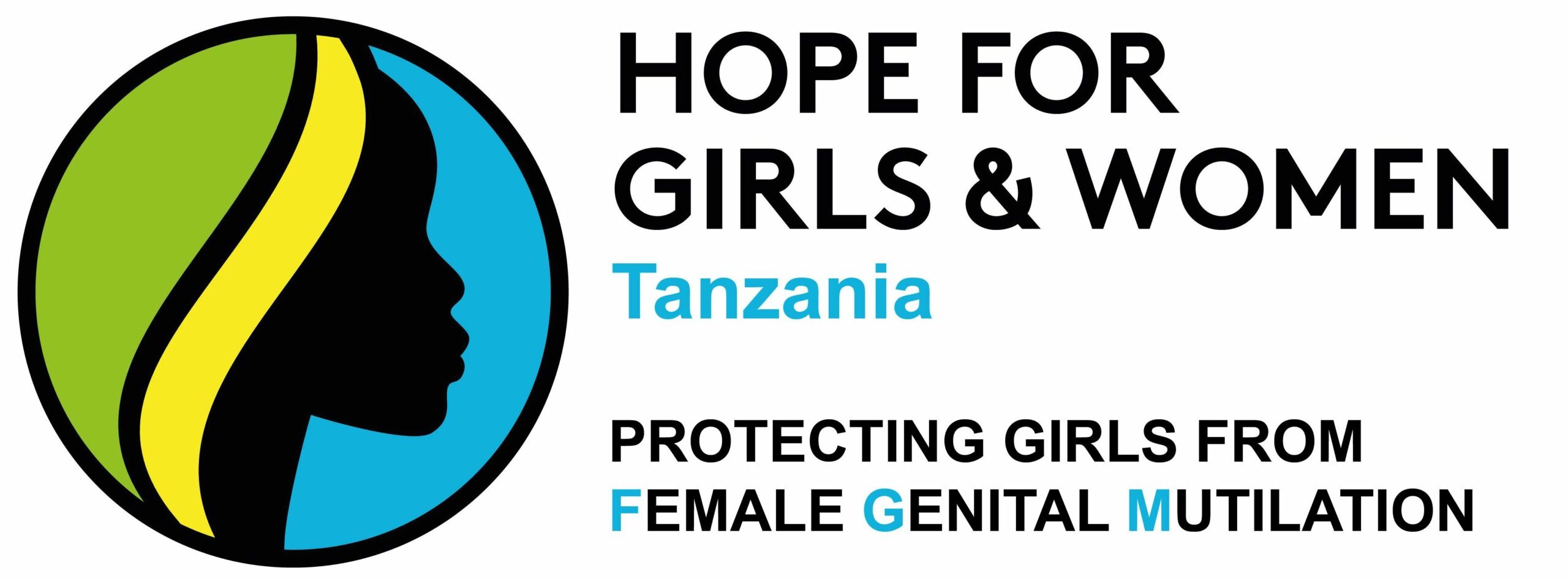At the end of September, Rhobi Samwelly was invited to speak in front of a high-level panel as part of the UN General Assembly in New York. This marked a major step in her fight for protecting girls and women against FGM.

As the powerhouse behind the Safe House project, Rhobi spoke about her personal experience of being forced to undergo FGM as a child. Rhobi recounted to the panel how a friend of hers passed away from FGM at age 11 and as dictated by tradition, her body was thrown in the bushes to be eaten by wild animals rather than buried. This experience haunted Rhobi’s memories and when Rhobi’s family started to organise her cutting ceremony at 13, she was terrified and strongly resisted. She pleaded against her mother but was told that not complying would bring shame upon the family and that she would never marry. For a moment, Rhobi considered running away but that plan was abandoned as she realised she had nowhere to go. Rhobi had no option to go ahead and her procedure caused her to lose so much blood that for a moment her family thought she was dying. Rhobi explained that her harrowing memories have inspired her lifelong commitment to saving other girls from a similar fate.
The following day, Rhobi participated in a mapathon at the UNFPA’s Orange Café. Young open-source mappers, consisting of both university students and activists, gathered to edit and update maps of rural areas. Rhobi explained how their use of open source data and mapping were making a real difference. Firstly, it helps local NGO’s, activists and policy to physically get to girls-at-risk. Poorly mapped villages hinder the ability of NGOs to respond to a tip from community members that a girl is in danger of FGM. Secondly, it informs girls and communities about rescue centres and safe houses.
“During the seasonal cutting, girls are now — those who are educated — they are running. They’re escaping FGM and they run to be protected to the safe house” said activist Rhobi Samwelly, in a video interview produced by the global news organization Al-Jazeera. “We can’t work directly and get to the village and save them because we don’t know which road is short, which road we can use, even to go to reach these villages. So mapping villages is helping us to identify some of the villages that have girls who are at risk,” she continued.
The young open-source mappers who were taking part in the UNFPA event, plus 6,000 volunteers who were taking part remotely across the globe in over 60 countries were using OpenStreetMap, an online open-source map that everyone is able to access and update. Together, their efforts mapped over 49,000 buildings and almost 7000 km of roads to better protect girls at risk. The mapathon, led by the creator of Crowd2Map Tanzania, Janet Chapman, stated that this was just a sample of what is happening on a continuous basis, volunteers contributing to rural maps that end up making the difference between life or death for a girl at risk of FGM. Crowd2Map Tanzania is creating volunteer programs in partnership with several universities around the world to try and systematically map and document villages in areas where FGM is present. “We are building a global network to unite people from across the world so that activists can better protect (girls at risk),” explains Janet Chapman. Janet presented the tools — the different software and the ins-and-outs of mapping and tracking — to the group in the Orange Café, which included a number of UNFPA staff members.


Those in the room noted a special atmosphere during the mapathon as young and passionate “mappers” felt the pivotal role their commitment of time and effort was having on the lives on young girls in Tanzania. Indeed, the project serves as a prime example of how technology can not only bring us together but also help to solve the world’s most pressing and difficult humanitarian issues.
